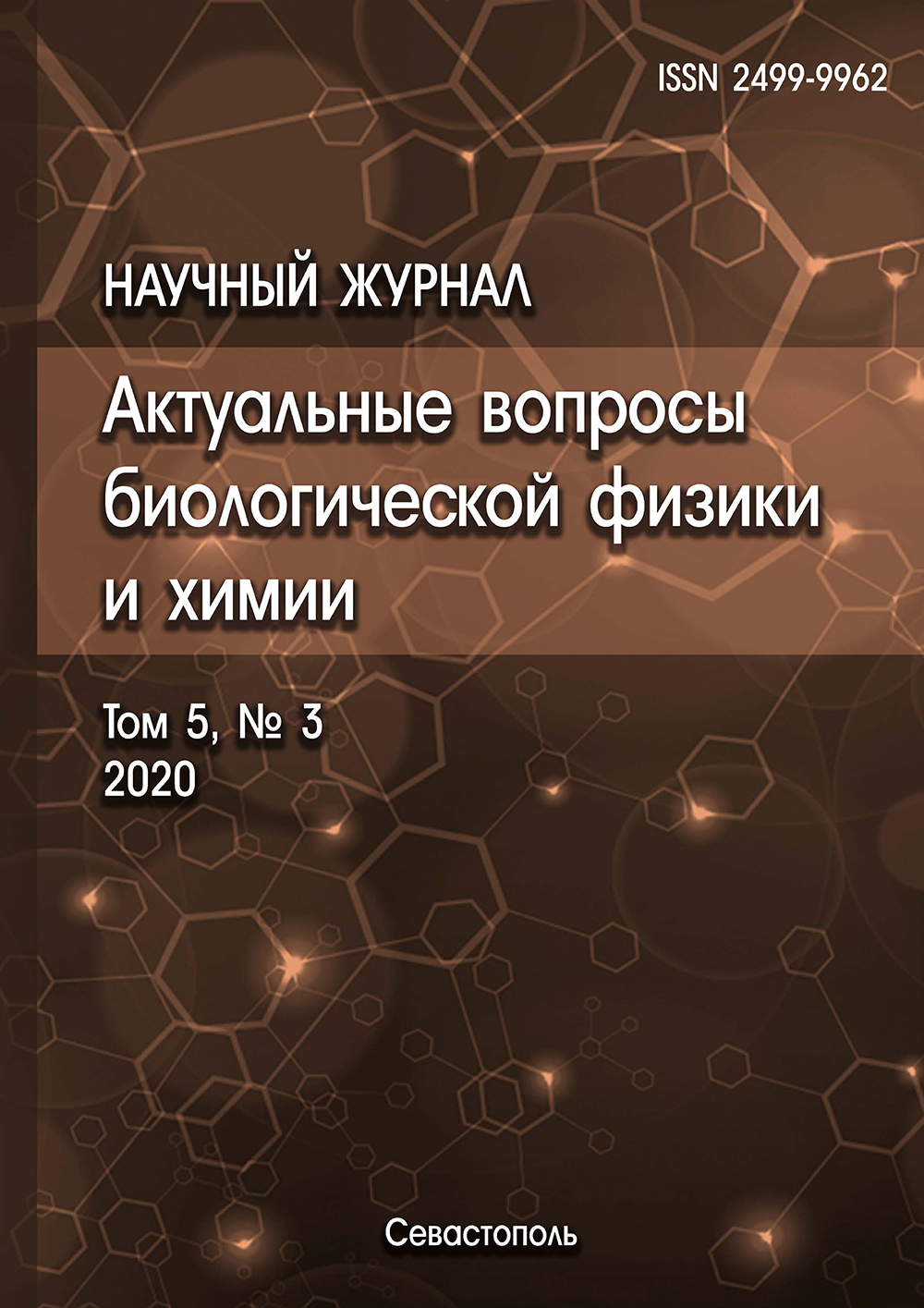The search for natural adaptogens that can stabilize the energy balance of cells against the background of drugs low doses which pollute water is relevant. The aim of the work is to identify the protective effect of thermophilic blue-green algae (TA1 and TA2) extracted from two of Kamchatka’s hydrothermal waters on native blood cells. By use of the microscope-microfluorimeter, lymphocytes (L) and neutrophils (N) were detected in donor venous native blood smears. Then the sum of the transmembrane potentials (TMP) on the outer and mitochondrial membranes was estimated from the fluorescence intensity and color of the polychromatic cationic probe 4- (n- dimethylaminstyryl) - 1-methylpyridinium (DSM). The ratio between cell pools with low and high TMPs in L or N populations were used as an indicator of the cell population energy activity (EAP). During in vitro tests of TA on control blood samples, an increase in mitochondrial activity in L was detected, but a decrease in TMP in N was observed.The analysis of the experimental data revealed a significant decrease in the EAP after the blood pre-incubation with the Cyclophosphamide (C) (0.002 mg / l) at 37°C. It is established that the TA1 (unlike TA2) causes a partial EAP restoration for L and reduces the C toxic effect on the mitochondria. From a comparison of the data obtained, it follows that these TBs exhibit adaptogenic activity in the blood, since their effects depend on the initial immune cells activity in fresh and daily blood samples.
thermophilic algae, adaptation, fluorescent probe DSM, native blood, lymphocytes, neutrophils, transmembrane potential, mitochondrial activity, cyclophosphamide, thermophilic algae, adaptation, fluorescent probe DSM, native blood, lymphocytes, neutrophils, transmembrane potential, mitochondrial activity, cyclophosphamide
1. Barenboym G.M., Kozlova M.A. Pollution of Sources of Drinking Water Supply of Large Cities with Pharmaceuticals (the Example of Moscow, Russia). Water Resources, 2018, vol. 45, no. 6, pp. 925-936. DOI: https://doi.org/10.1134/S0097807818060039; EDN: https://elibrary.ru/ZINNLV
2. Barenboym G.M., Malenkov A.G. Biologicheski aktivnye veschestva. Novye principy poiska. M.: «ACADEMIA», 2012, t. 6, s. 77-386.
3. Akshincev A.A. Nekotorye osobennosti obitaniya bioty v gidrotermah Kamchatki. Aktual'nye problemy ekologii i prirodopol'zovaniya. M.: RUDN, 2013, vyp. 15, s. 39-44.
4. Akshincev A.A., Barenboym G.M., Kirichenko V.E., Nikitina V.N., Chernyagina O.A. Ob adaptogennyh svoystvah ekstraktov i individual'nyh veschestv, vydelennyh iz termofil'nyh gidrobiontov Kamchatki. Sohranenie bioraznoobraziya Kamchatki i prilegayuschih morey, Petropavlovsk-Kamchatskiy. Izd.: «Kamchatpress», 2014, s. 13-25. EDN: https://elibrary.ru/YNRGGX
5. Ckulachev V.P. Energetika biologicheskih membran. M: Nauka, 1989, 123 c.
6. Morozova G.I., Dobrecov G.E., Dubure R.R., Dubur G.Ya., Golicyn V.M., Vladimirov Yu.A. Fluorescenciya zonda 4-(n-dimetilaminostiril)-1-metilpiridiniya v zhivoy kletke. Citologiya, 1981, t. 23, № 8, s. 916-923.
7. Morozova G.I., Onischenko N.A.¸ Orzhehovskaya I.G., Korobkova E. N., Polosina O.V., Bazieva F.H., Baukina O.V. Mikrofluorimetricheskiy metod identifikacii i ocenki fiziologicheskogo sostoyaniya limfocitov i neytrofilov v cel'noy nativnoy krovi s pomosch'yu fluorescentnogo zonda-kationa DSM: klinika i eksperiment. Gematologiya i transfuziologiya, 1997, t. 42, № 3, str. 43-47. EDN: https://elibrary.ru/MOYLET
8. Dobrecov G.E., Kosnikov V.V., Morozova G.I., Lihacheva L.M., Aydyraliev R.K., Vladimirov Yu.A. Izmerenie gradienta koncentracii fluorescentnogo zonda - kationa DSM na citoplazmaticheskoy i mitohondrial'noy membranah. Biologicheskie membrany, 1986, t. 3, № 3, s. 266-273.
9. Morozova G.I., Parkhomenko T.V., Klitsenko O.A., Tomson V.V. Stimulating effect of erythropoietin on thy timocyte energetics established in vitro with a potential-sensitive fluorescent probe in the mitochondria. Biochem. Suppl. Series A: Membrane and Cell Biology, 2007, vol. 1, no. 4, pp. 325-330.
10. Morozova G.I., Poletaev A.I., Borschevskaya T.A. Invertirovannyy elektrohimicheskiy potencial na yadernoy membrane kletok i ego svyaz' s kletochnoy energetikoy. Sbornik dokladov 2-go s'ezda biofizikov Rossii. M.: 1999, s. 256-257. ]
11. Toshakov V.G., Morozova G.I., Onishchenko N.A. Energy metabolism of cryopreved rad hehatocytes. Cryo-letters, 1991, no. 12, rr. 259-272.
12. Morozova G.I., Kozlova M.A., Akshincev A.A. Ocenka ekologicheskoy toksichnosti vodnyh rastvorov ksenobiotikov v malyh dozah na kletkah donorskoy krovi c pomosch'yu potencial-chuvstvitel'nogo fluorescentnogo zonda. Aktual'nye voprosy biologicheskoy fiziki i himii, 2019, t. 4, № 3, s. 428-434. EDN: https://elibrary.ru/VEYTHM
13. Zabrodskiy P.F., Terektyuk T.S., Plahuta I.A, Serov V.V. Osobennosti farmakologicheskoy regulyacii narusheniy immunnogo otveta, obuslovlennyh primeneniem ciklofosfamida. Vestnik Vogogradskogo GMU, t. 21, № 1, s. 39-41.
14. Beyli I.N. Statisticheskie metody v biologii. M.: Nauka, 1963, 277 s.
15. Tverdislov V.A., Tihonov A.N., Yakovenko L.V. Fizicheskie mehanizmy funkcionirovaniya biologicheskih membran. M: MGU, 1987, 187 s.










